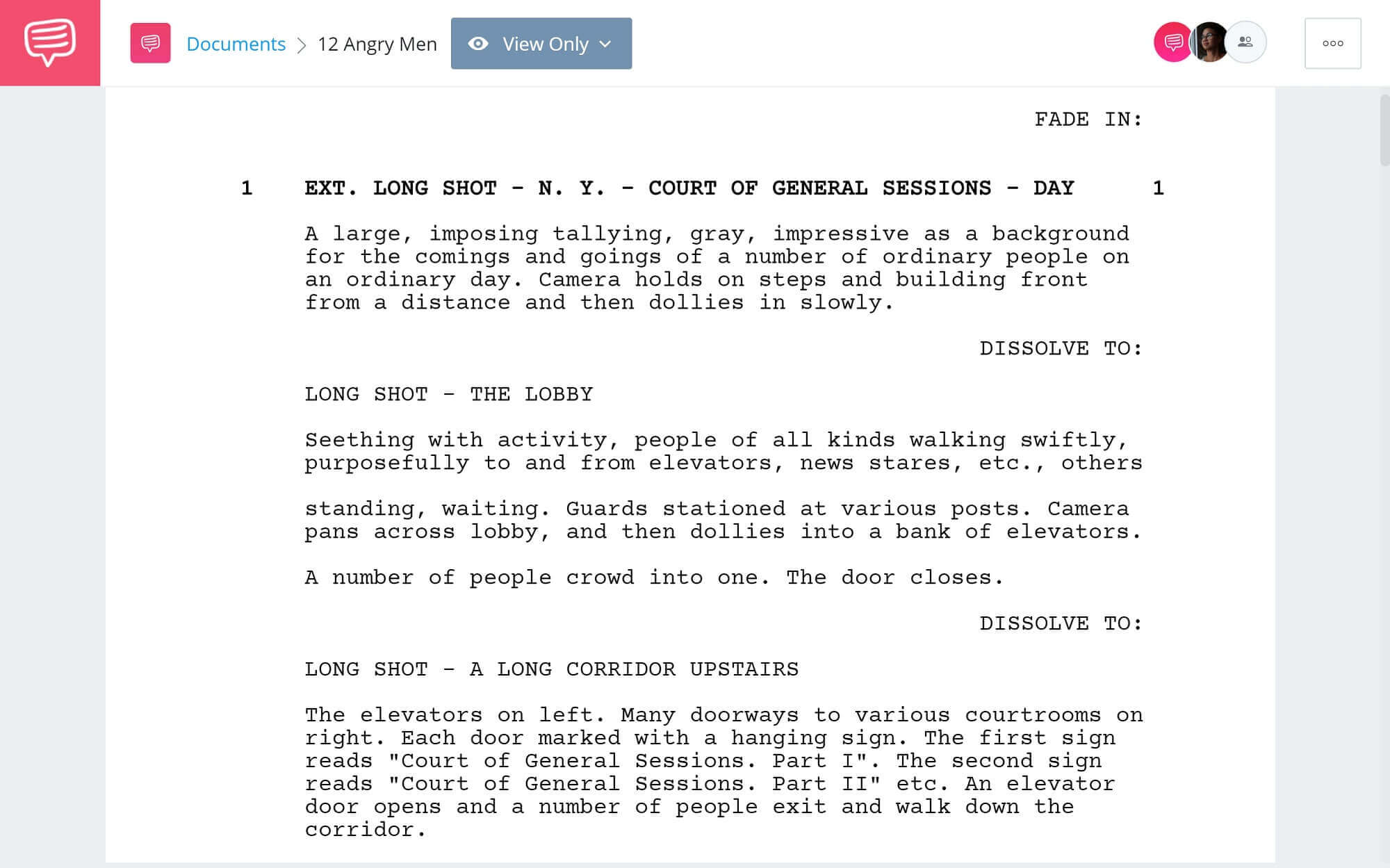

Each topic page, in turn, begins with an overview of the topic, followed by a hyper-linked list of subtopics covered, a section for each subtopic, and finally a list of key terms and suggested discussions for educators and students to review after reading. Screenplayology is organized around three primary content sections, each of which contains individual topic pages. The primary objective of screenplay studies should not be to help readers write screenplays any more than the primary objective of Hemingway scholarship is to help the reader write novels and short stories.” 1 Second, screenplay studies posit the writer (or writers) as the author of the work (i.e., the screenplay), and, at least, an author of the film Third, screenplay studies, like literary studies, should illuminate a reader’s understanding of a text, and thereby differentiate itself from pedagogy. First and foremost, the primary object under examination in screenplay studies should be the written text. Three characteristics distinguish screenplay studies from traditional film studies. In order to outline the parameters of this project, we will steal from Kevin Alexander Boon’s Script Culture and the American Screenplay, in which he writes: Indeed, the majority of books published about screenplays are, in fact, just such how-to guides, something we hope to change. While to be sure, screenwriters will find much of interest and benefit here, this is not a how-to guide for writing screenplays. To put a finer point on it, this is a site about READING screenplays, not writing them. Succinctly put: Screenplayology exists to promote the reading and enjoyment of American screenplays as literature, particularly among college students, and to advance the cause of screenplay studies as an academic discipline in its own right.

In recent years, a few scholars have begun to beat the drum for recognition of the American screenplay as literature, and this site aims to support that movement. for nearly 100 years, it has been all but entirely neglected by academia as an object of study or a literary work in its own right. While the screenplay, in some form, has been the foundation of most narrative cinema in the U.S. Nevertheless, I am pleased that many teachers and students continue to discover it and use it in their studies. Note: Screenplayology has not been updated in several years.


 0 kommentar(er)
0 kommentar(er)
